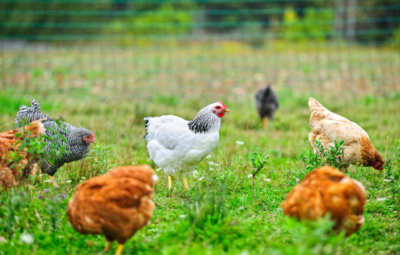
Rabbi David Teutsch, Ph.D.
Professor Emeritus and Senior Consultant, Center for Jewish Ethics
Adapted from A Guide to Jewish Practice, Volume 2—Shabbat and Holidays. The Guide may be ordered from Read&Rite.
A note about style: Hebrew transliteration is an inexact science. At Reconstructingjudaism.org, we transliterate the name of the holiday as Tu B’Shvat. In this post, we are honoring the style of The Guide to Jewish Practice by keeping the transliteration as Tu Bishvat.

Tu Bishvat takes its name from the date of its observance on the Hebrew calendar—the 15th day of the month of Sh’vat, which falls in January or February. Tu Bishvat is also known as the New Year for Trees, which is how it is described in the Mishna (Rosh Hashana 1.1) because it is the date from which the age of trees was counted, determining when fruit tithes were owed in the days of the Temple. This date was selected because trees flowered after it. In Israel, where the winters are relatively mild, the date also marks the beginning of the tree-planting season.
Because Tu Bishvat is connected to the agricultural cycle of the Land of Israel, it is customary to eat fruit grown in Israel on that day. This can include dates, figs, grapes, almonds, pomegranates, carob and oranges. Some people also make a point of eating olives or honey, since these are also typical products of Israel.
Sephardic Jews (descendants of the Jews of Spain and Portugal) often held a Tu Bishvat seder, a custom that originally came from kabbalists (Jewish mystics), most likely those of 16th century Tzfat, a town in northern Israel. In recent years Tu Bishvat seders have become more common, perhaps because of environmental concerns, a desire for deeper spirituality and the flexible and open ended nature of the holiday’s observance.











